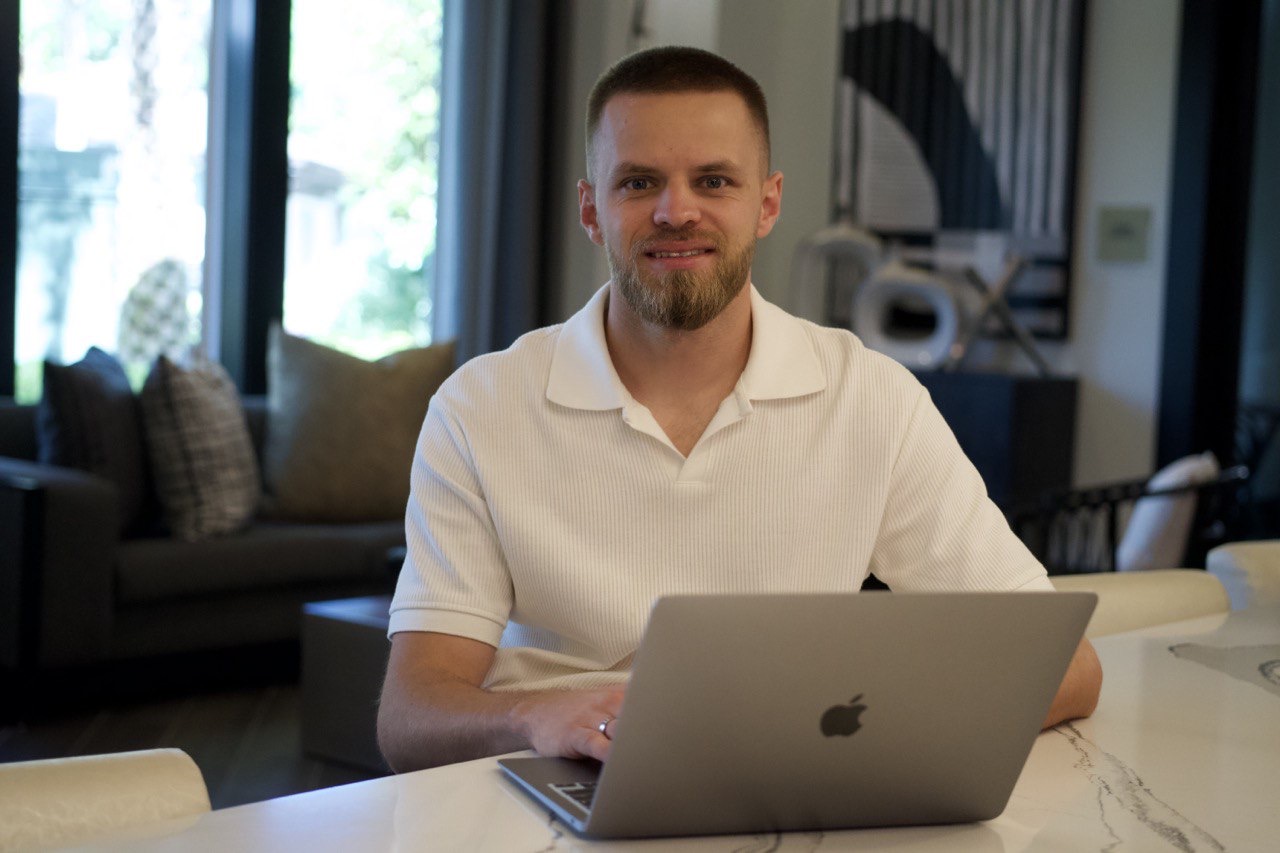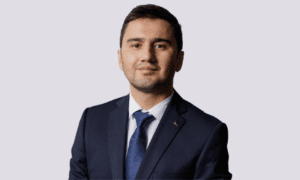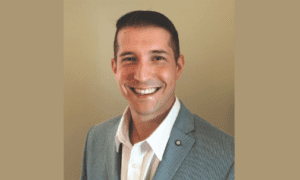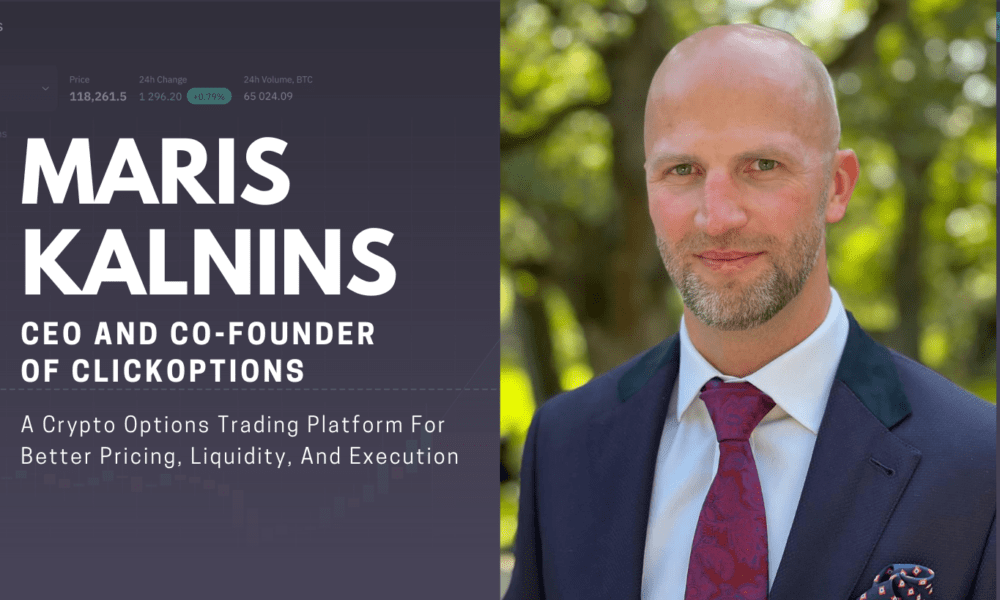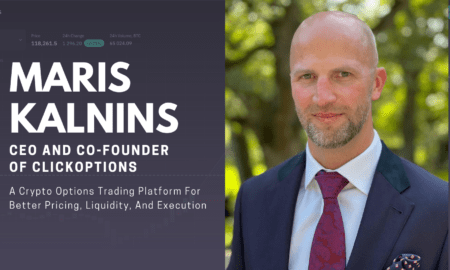In today’s world, where tattooing has evolved from a subcultural marker into a legitimate form of art, the focus is increasingly shifting toward creating value and delivering a unique client experience. Valerii Sirko stands out as a rare force in the industry—a unicorn among professionals, a forward-thinking expert who has become a trailblazer at the intersection of craftsmanship and art entrepreneurship.
His extraordinary achievements in the business side of tattooing, recognized on the global stage, have earned him the reputation of a true industry guru—someone who has broken down the walls between pure technique and visionary strategy.
Valerii, your professional journey has taken you from a senior artist in one of Ukraine’s leading tattoo studio chains to the competitive American market. What initially inspired you to pursue this profession, and how did that motivation evolve into a broader business vision?
It all started with pure fascination—I was inspired by watching my brother work as a tattoo artist. That spark drove me to begin learning on my own. I entered this field with a deep passion for creativity, but I quickly realized the incredible potential it had for systemic development.
My experience at Lamarch, a major Ukrainian tattoo studio network, laid a strong foundation. I rose to the position of senior artist, and our team was considered among the best out of nearly 80 professionals across the country.
This experience taught me the importance of teamwork, ongoing education, and experience sharing. It also shaped how I approach each tattoo—not as an isolated design, but as a strategic element in building a unique client journey and a strong personal brand. That perspective changed everything for me.
You’re widely recognized for your black-and-grey realism and your focus on exclusive, custom design. How does that philosophy align with the business realities of the U.S. market, where, as you’ve observed, a more commercial, high-volume approach often prevails?
My philosophy is rooted in personalization and artistic integrity. I don’t just execute a client’s request—I aim to create something truly unique that reflects who they are. This approach demands more time, deeper emotional engagement, and strong communication.
In the American market, I’ve noticed a strong commercial current—many studios prioritize volume, often replicating popular designs to meet demand quickly. But I’ve chosen to go against that current.
As an expert in my field, I see it as my responsibility to educate clients about the value of original work—to show them that a tattoo can be more than just a copy of something they found online. Clients appreciate that, and over time, it leads to deeper trust, stronger brand reputation, and a clientele that seeks quality and meaning over speed and trend-following.
Interestingly, my American colleagues have taken note. Some have started to ask for my perspective or advice. I hope that in some way, this influences how the local industry evolves as well.
“My philosophy is not just about fulfilling a request—it’s about creating something truly unique that reflects the client’s personality.”
In the U.S. market, there is indeed a visible trend toward commercialization, high-volume workflows, and the replication of ready-made designs. My strategy is fundamentally different. It’s not about copying—it’s about creating value.
Creating value means offering the client more than just a technically well-executed image on their skin. It means infusing the work with meaning, understanding their deeper motivations, and offering a solution that will resonate with them for decades.
A commercial, copy-based approach might yield quick results, but it doesn’t foster long-term relationships or build the reputation of a true artist.
As an expert, I strive to help clients see the worth in a custom design, to help them understand that their tattoo can and should be better than something pulled off the internet. More often than not, they appreciate this. The result is work that is more meaningful—not only for them but for me as an artist—and it naturally attracts a more discerning audience.
I’ve noticed that some of my American colleagues are beginning to take note of this approach, asking for my input. In some small way, I believe it’s influencing their own thinking about tattooing.
This approach clearly demands not only artistic talent but also a deep understanding of the client. How do you build that process—from the initial idea to the final stroke?
It’s a multi-layered process, with a strong psychological component. It all starts with conversation. We talk through the client’s ideas, go over visual references they like—not to copy them, but to catch the small details that spark emotion.
The most challenging part is never the technical execution—it’s creating a design that feels deeply personal and unique. That’s when the brain has to work at full capacity.
There are times when a client says, “I completely trust you.” And while that’s flattering, it’s also a real challenge. I then have to dive deeper, sketch ideas, feel out their personality, and try to reflect that in the final concept.
To build the design, I use special digital tools that allow me to create collages from realistic photos, which I then refine by hand—adding abstract elements to develop a truly exclusive result. It’s a hybrid workflow that combines precision, emotion, and storytelling.
You’ve also mentioned your ambitious goal of launching your own creative studio, a concept called Art-Integration, which has already gained international recognition. What is the core idea behind this project, and what industry challenges is it designed to solve?
The idea for Art-Integration was born from my own experience and observations. I saw a real need for a space where talented artists can not only work, but grow—a space for ongoing development, knowledge exchange, and a sense of creative freedom.
In many traditional studios, artists often feel confined, and too frequently, the studio profits more than the artist. I want to break that model. This would be more than a studio—it would be a creative hub that attracts top professionals and provides the ideal environment for both creative and personal growth.
My goal is to move away from the “rent-a-chair” model toward a structure where the studio invests in its artists—helping them build personal brands and achieve international reach.
This also means implementing high ethical standards, offering top-tier client service, and promoting tattooing as a high art form. I already had experience mentoring young artists back in Ukraine, and I saw firsthand how that positively impacts both individuals and the industry as a whole.
“The idea for Art-Integration was born out of observing the industry firsthand.”
I see a massive need for a space where tattoo artists can not only work, but continually evolve, share knowledge, and grow together. My vision is to create a creative hub—a place that provides top-tier professionals with the ideal conditions for both artistic expression and personal development.
My goal is to move away from the traditional model, where studios simply rent out space and often earn more than the artist, and toward a model where the studio actively invests in its artists’ growth, helps them build personal brands, and supports them in reaching international visibility.
This also includes the implementation of high ethical standards, quality customer service, and the broader promotion of tattooing as fine art. Back in Ukraine, I already had experience mentoring younger artists, and I firmly believe this approach not only supports emerging talent, but also elevates the industry as a whole.
International tattoo conventions are part of your brand-building strategy. You recently won an award at one in the U.S. What role do such events play for an art entrepreneur?
Tattoo conventions are a powerful tool for networking, knowledge exchange, and reputation building. When your work and design are recognized at the international level, it serves as objective proof of quality and artistic merit.
An award like that builds trust among potential clients, opens doors for collaborations and guest spots at top studios around the world. For an art entrepreneur, it’s a direct investment in brand recognition and long-term competitiveness.
My participation and the award I received send a clear message to the market: I take my craft seriously, and I aim for the highest possible standards.
What is the single most important piece of advice you would give to aspiring tattoo artists who aim not only for artistic success, but also for business excellence?
I would advise them to focus on two paths at once. On one hand, they need continuous practice—mastering the basics of drawing and tattooing technique. That’s the foundation. But on the other hand, they should simultaneously develop entrepreneurial thinking.
Don’t be afraid to stand out. You must look for your own voice and style. Learn to understand your clients and offer more than just a picture—offer them meaning. Start building your personal brand from day one and stay active within the professional community.
Success in the tattoo industry comes from the synergy of talent, persistence, and smart strategy. And of course, believe in yourself—and always aim to be at the cutting edge of your field.

